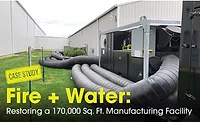Case Study
Fire + Water: Restoring a 170,000 Sq. Ft. Manufacturing Facility

Editor's Note: At R&R, we love sharing success stories from restoration and remediation jobs! This special case study comes from Werner Restoration, and details a tricky fire damage restoration company at a large heavy equipment parts manufacturer. Learn how the company successfully completed the project, and tackled hurdles they faced along the way! Brent Werner, president of Werner Restoration, supplied the answers and great pictures!
1. Tell me a little bit about yourself and your company – how long have you been in business, how many employees, any specific remediation specialties, etc.

Werner Restoration was founded in 1988 by Ken Werner, so we’ve been in the restoration for going on 32 years. After graduating from the University of Nebraska, I (Brent) came back home and joined Werner Restoration in 2009 and have been here ever since. I’m currently the President of Werner. We have right around 50 employees across our three basic divisions. Like most restoration companies, our services include: fire, water, and storm damage repair on commercial and residential structures. We also have large loss division that has traveled to handle large catastrophe events throughout the Midwest and southeastern parts of the United States. Our office is located in Colona, Ill.
2. What percentage of your work is commercial vs. residential?
About 45% of our work is commercial with the other 55% being residential.
3. Walk us through one of the more interesting large losses you’ve handled recently. When did you get the call, what caused the loss, what was the scope of work, etc?
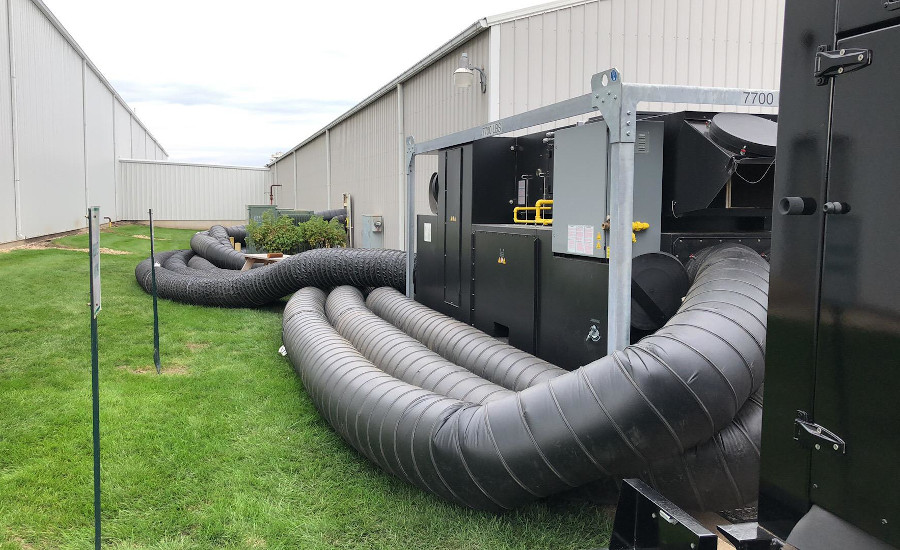
On Oct. 4, 2019, I received a call from our insurance broker; he actually insured a large heavy equipment parts manufacturer in nearby Iowa. That manufacturer had a fire in the middle of their facility that caused hundreds of sprinkler heads to go off, flooding two of their large manufacturing buildings and sent soot and smoke odor throughout the nearly 170,000 sq. ft. facility. The structure was separated into three large buildings connected by four short breezeways. The middle building (building B) was the most heavily affected; the water damage stretched from building B into building C. Building A was not affected by water, but had a large degree of smoke odor from the fire. Without getting into great detail, the general scope of work was as follows:
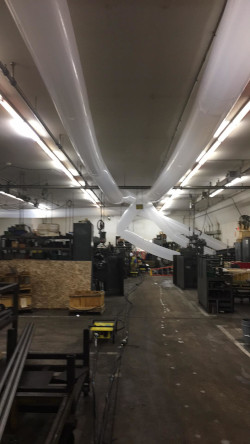
- Building A
- Odor removal only
- Building B
- Structure drying
- Demolition
- Structure cleaning
- Contents cleaning
- Heavy reconstruction
- Building C
- Structure drying
- Demolition
- Structure cleaning
- Contents cleaning
- Reconstruction
- Building C offices
- Structure drying
- Demolition
- Contents pack-out
- Reconstruction
4. What were some of the biggest challenges on that job?
While there were many challenges associated with this type of loss, the biggest was the client’s requirement to stay in production at all times. The client manufactures parts for some of the biggest heavy equipment manufactures in the United States. One of those manufactures actually sent a representative to the location to meet with our client’s management team and Werner to insure that there would be no delays in production. The loss happened on a Friday morning, by Sunday evening we had them back in production in two of the three buildings.
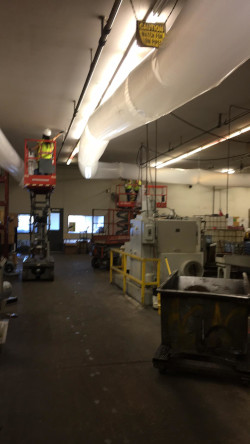
5. What innovative things did you do to overcome the challenges and successfully complete the job?
Our top two concerns or challenges were of course assisting our customer with keeping their production schedule, but also the health and safety of anyone on site. We worked 24 hours a day for nearly three weeks with a staff ranging from 40-50 people cleaning, performing demolition, and structure drying. In order to address the odor concerns throughout the structure we again had to think of the health and safety of anyone within the structure. We deployed nearly 100 Odorox hydroxyl generators through buildings A, B and C. As areas were deodorized, we removed and adjusted the hydroxyl generators. Buildings A and C were back in full production by Sunday evening working right along side the hydroxyl generators. As the structure drying was completed and more and more of the odor was under control, we switched to daily 12 hour shifts through the completion of the mitigation.
6. How do relationships you have within your local community affect your ability to get large losses?
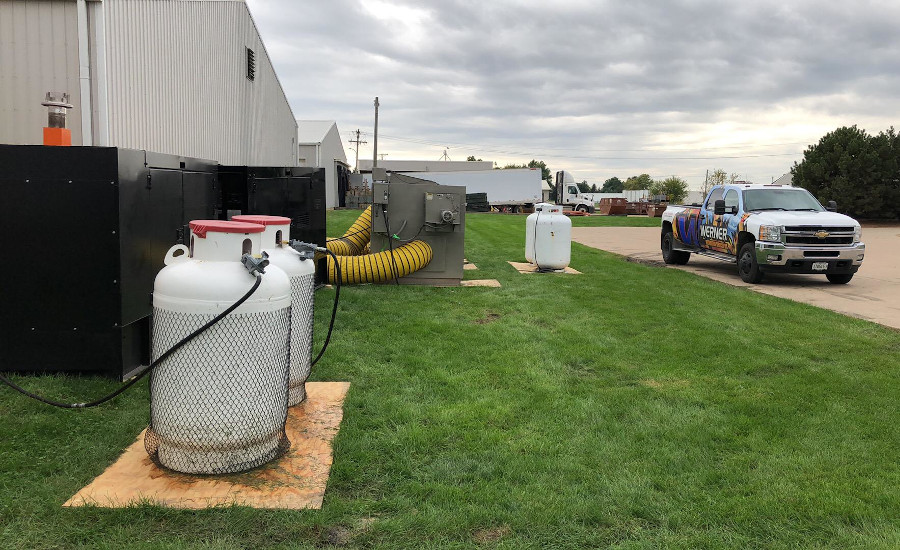
We have called the Quad City area home since 1988. Through the years we have built wonderful relationships with business owners, municipalities, insurance professionals and many others. While residential restoration work is still extremely important and the majority of what Werner Restoration does on a daily basis, we have built our commercial catastrophe response division to be able to assist in times like this. This was an honor for our staff to show our commercial capabilities on a large scale right in our own back yard. Every loss means a great deal to Werner, but having something of this scale at home, meant that it was that much more personal for our entire staff.
7. What is your process for choosing equipment for your restoration company?
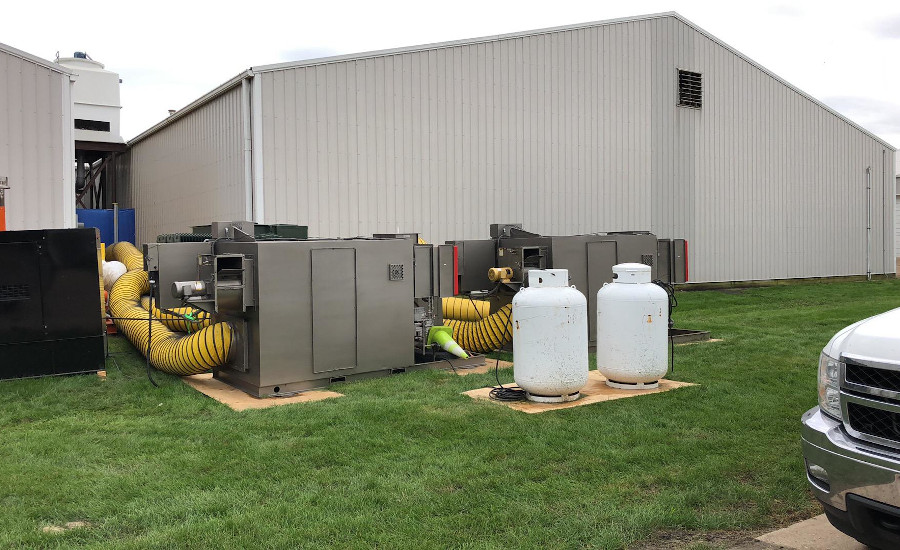
At Werner, we really pride ourselves on doing our homework with respect to equipment. It’s not enough to hear about something from an industry peer. We want to see it, use it, test it, and do the necessary research to ensure we are making the best investment possible. Furthermore, to the best of our abilities we want to use equipment and products that are safe for our customers and as important, our staff.
Looking for a reprint of this article?
From high-res PDFs to custom plaques, order your copy today!



